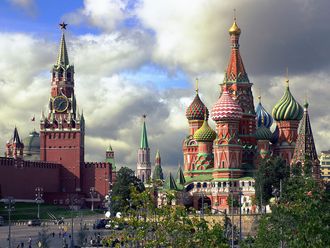The historic areas of Istanbul include several architectural masterpieces from the Byzantine and Ottoman periods, such as the sixth-century Hagia Sophia and the 16th century Suleymaniye mosque. Hagia Sophia, or Aya Sofya was designed by the Greek professor of geometry Anthemios of Tralles and one of the main Byzantine Greek architects Isidoros of Miletus in 532-537. The vast dome of the architecture reflects not only the architectural expertise, but also the decorative expertise of the sixth century.
The Suleymaniye Mosque complex was designed by the famous architect during the Ottoman Empire Sinan in 1550-1557. Sinan had built many of the famed mosques in Turkey. His works reflected the climax of Ottoman architecture in the 16th century. Other mosques include the 17th century Blue Mosque and the slender minarets of the news Mosque near the port completed in 1664.
Topkapi Palace, which is a large palace in Istanbul was the primary residence of the Ottoman Sultans for nearly 400 years out of their 624 reign. It was described when added to the UNESCO World Heritage site in 1985 as “the best example of ensembles of palaces of the Ottoman period”. Apart from being the royal residence, the palace was a setting for a state occasions and royal entertainments. Today, it is a major tourist attraction, and contains important relics of the Muslim world.
The “Historic peninsula” in Istanbul, also includes many properties and architectures that are listed as human treasures under the United Nations, such as bazaars and its surroundings.












